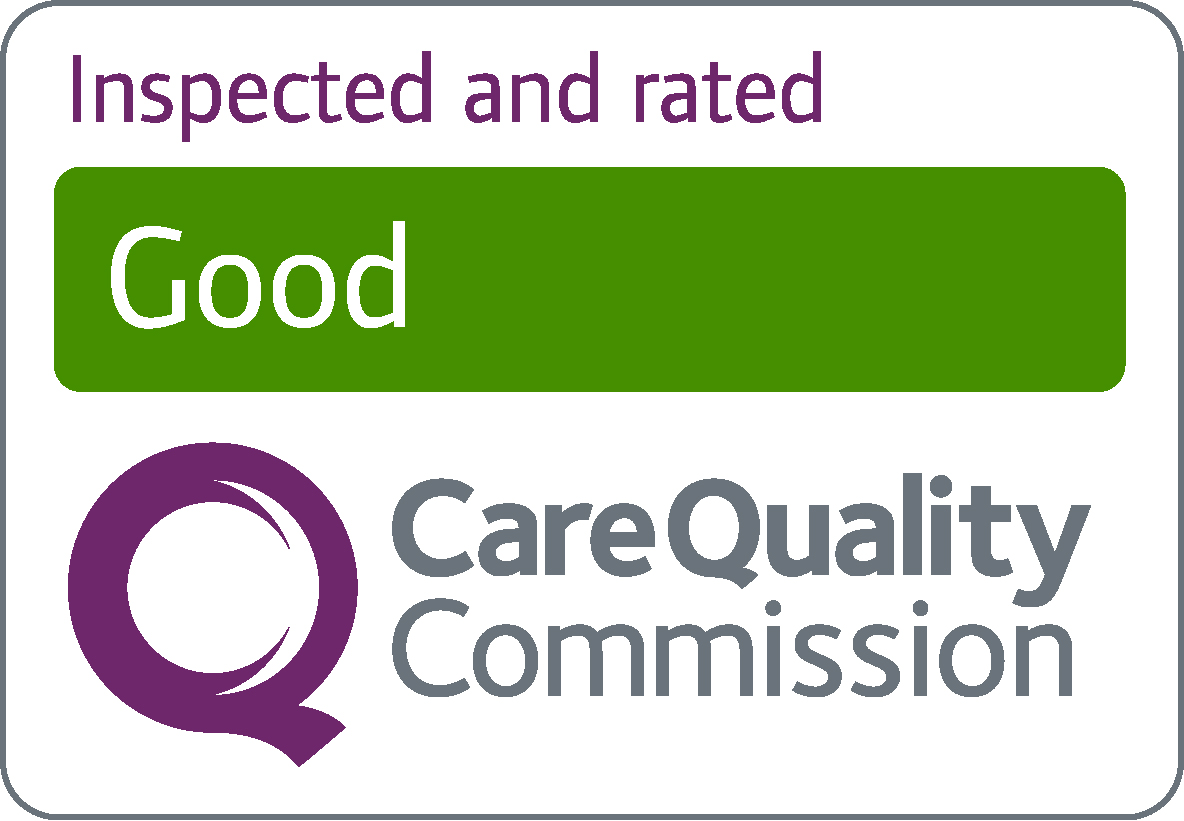Ganglion cyst
Ganglion cysts are smooth, soft lumps under the skin that:
- are usually on the hands or wrists near a joint – but can be on the top of your foot
- vary in size, from smaller than a pea to a few centimetres across
- are usually painless but can be painful during or after moving the affected joint
The lump may be your only symptom, but you may also have numbness or aching after moving the affected joint.
Ganglion cysts usually get better without treatment, this can take from several months up to a year.
If a ganglion cyst hurts when you use your hand, there are things you can do to treat it yourself.
Do
take ibuprofen or other non-steroidal anti-inflammatory drugs (NSAIDs) to help reduce swelling and pain
try wrist supports or compression wraps (a stretchy bandage made of elastic) – you can buy these from supermarkets or pharmacies
Don't
do not try to burst or pop a ganglion cyst – this could cause an infection or skin damage
A pharmacist can recommend medicines to help you with any pain.
They can also advise you on how to use wrist supports or compression wraps if needed.
See a GP if:
- you are worried about a lump
- a lump gets bigger
- a lump is hard and does not move
Ask for an urgent GP appointment or get help from NHS 111 if:
- you have a lump that is very painful, hot or red – redness may be harder to see on brown and black skin
You can call 111 or get help from 111 online.
Most ganglion cysts do not usually need to be treated or removed.
If they are causing problems they can be treated by:
- draining the cyst using a needle (aspiration)
- a steroid injection to reduce swelling
- cutting the cyst out with a small surgical operation
Once a cyst is removed it usually does not return, but sometimes it can come back.
The cause of ganglion cysts is not always known, but they sometimes happen after an injury causes fluid to leak from a joint.
They are much more common in women than in men.

